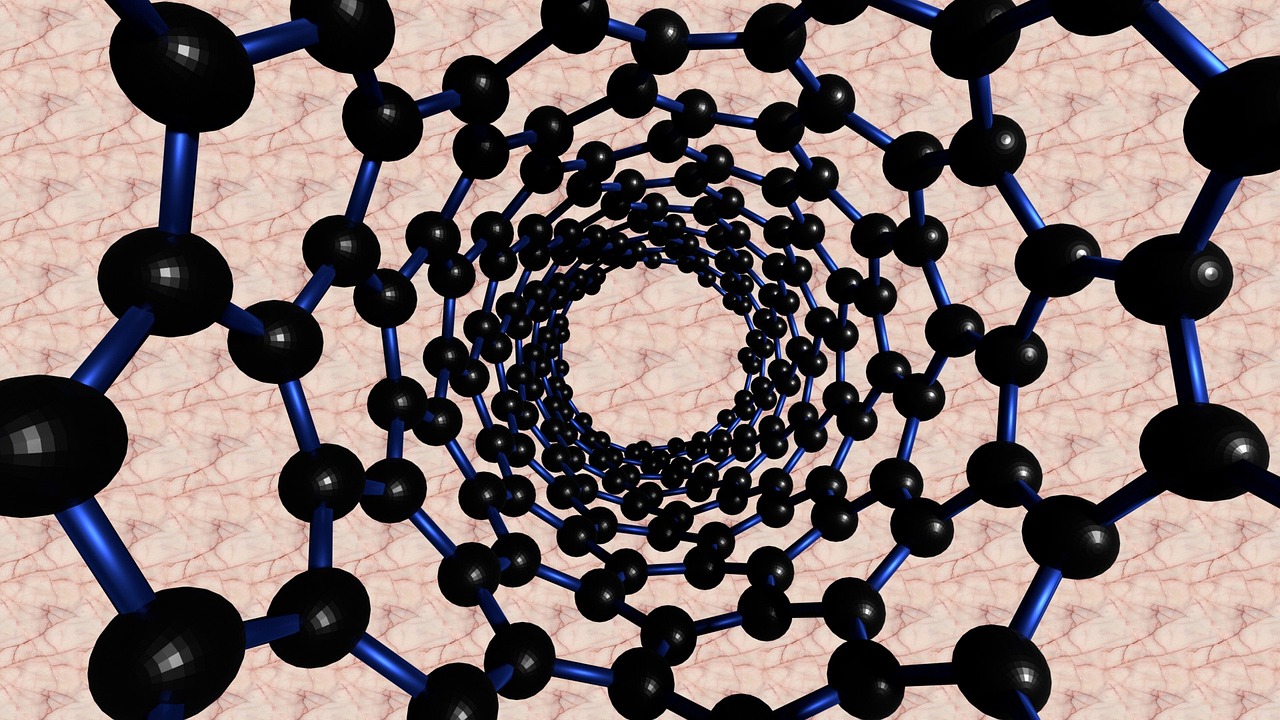A groundbreaking collaboration between Chinese and German scientists has yielded a marvel of miniaturization – a soft, spring-like robot capable of delicate tasks on a single-cell level. This biocompatible marvel, detailed in Nature Nanotechnology, opens doors for revolutionary advancements in precision medicine, including microsurgery and targeted drug delivery.
The brainchild of researchers from the Shenzhen Institutes of Advanced Technology, the Leibniz Institute for Solid State and Materials Research Dresden, and Chemnitz University of Technology, this robot boasts a magnetic spring system with remarkable sensitivity. It can morph at the microscopic level, guided by the tiniest of strains, mimicking the actions of biological springs found in certain cells and microorganisms.
“This nanoscale system is incredibly sensitive,” explains Xu Haifeng, the study’s lead author, “capable of detecting forces equal to one-thousandth the weight of a single cell.” This sensitivity gives the robot unparalleled precision for delicate tasks.
The beauty of this invention lies in its versatility. Its spring-like structure can be customized into various shapes, enabling it to perform diverse functions. Imagine it as a miniature, shape-shifting tool:
- Sperm motility sensor: Monitoring the swimming behavior of sperm for fertility analysis.
- Cell manipulation tweezer: Gently picking up and moving individual cells for research or medical procedures.
- Self-powered mini-machine: Navigating microscopic environments for targeted drug delivery or intricate surgical tasks.
This tiny robot represents a giant leap towards tackling complex medical challenges with minimal invasiveness. Its precision and biocompatibility hold immense promise for the future of healthcare, offering hope for more effective and delicate treatments that target specific cells and tissues.


Leave a Reply
You must be logged in to post a comment.